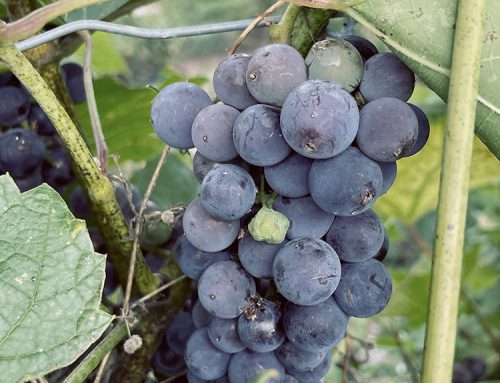This weather — prolonged cold with deep snow and ice — is hard on wild animals. Wading birds, like Great Blue Heron, can’t find fish through the ice and snow in frozen marshes and coastal waters. It’s hard for Deer, Coyote, Fox and others to find and access food – plant or animal. Even birds of prey – hawks and owls – have a hard time hunting small rodents underneath the crust of ic and snow. It’s why we are seeing wild animals in areas where they don’t usually appear, and at times of day when they aren’t usually active. They are hungry and looking for food in marginal areas where they may not typically venture.
The coyote in these photos was on Masons Island, where it is not unusual to see or hear them at night. It is unusual to see a coyote during the day, and it is very unusual to see one climbing a tree and crawling inside the hollowed out stump searching for food. This coyote must have smelled something edible – perhaps it was a mouse or even just a squirrel’s stash of nuts – but it was determined to get what was inside that stump. Coyotes are opportunistic feeders, and will eat what they can find, plant or animal, dead or alive.
But the difficulties that birds and animals are facing right now don’t mean we should feed wild animals. Animals can lose their fear of people. If they become too comfortable in residential neighborhoods, they can become a nuisance, or a safety risk (become more aggressive), including the transmission of diseases like rabies.
Feeding wild bird seed and suet to backyard birds is generally harmless. The best way to enjoy wildlife in your backyard is from a distance. Native trees, shrubs, and the protection of natural habitats help to create a wildlife-friendly backyard.
As for waterfowl, the open water areas in otherwise frozen coves and inlets make shoreline bird watching the best right now! Large flocks of mergansers, golden-eye, buffleheads, pintail (pictured below) and more are easy to spot. But again, don’t feed them. There is enough open water for them to survive.
Human foods do not provide appropriate nutrition and may cause health problems. Even offering pellets and cracked corn can attract too many ducks, geese and gulls in one place, contributing to the spread of disease. While we empathize with them on cold winter days, they generally have access to the foods they need (seaweed, small fish, invertebrates), and can fly to open water areas.
Feeding leftovers or even purchased grain to waterfowl destroys the natural balance. Introducing more sugar, fat and protein causes nutritional problems (increased parasites, bacterial infections, problems with feathers and waterproofing, and obesity).
It is, after all, the cycle of life. A Great Blue Heron, as beautiful and majestic as it is, if it cannot survive the winter it will become food for something else – Coyote, Fox, Turkey Vulture, even a Bald Eagle. It is survival of the fittest in the harshest of weather as we are experiencing now.







